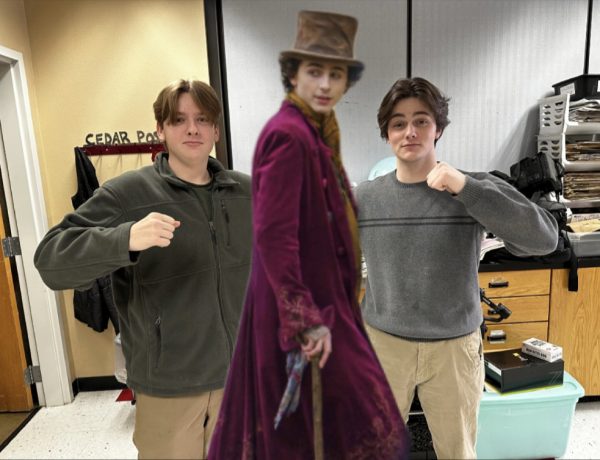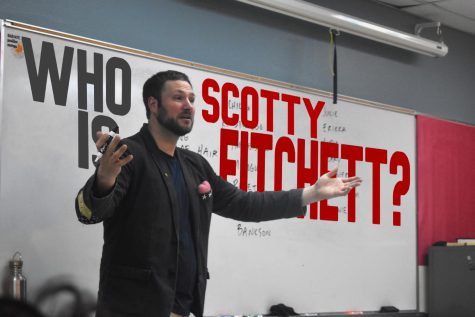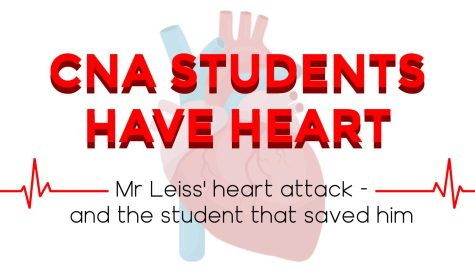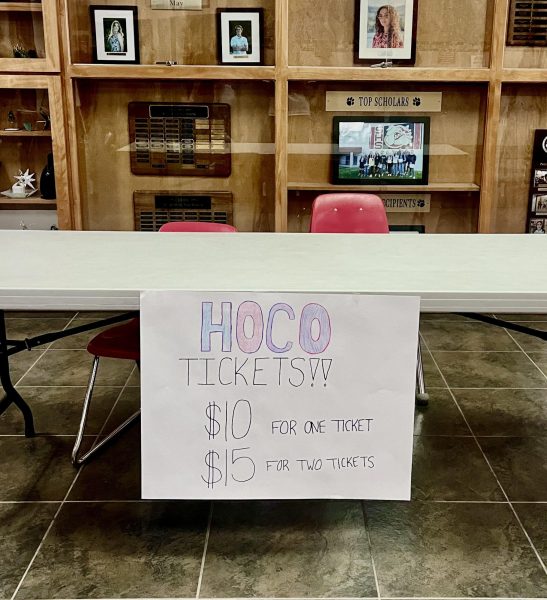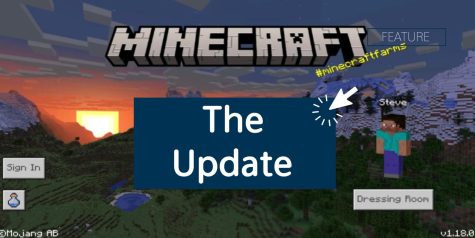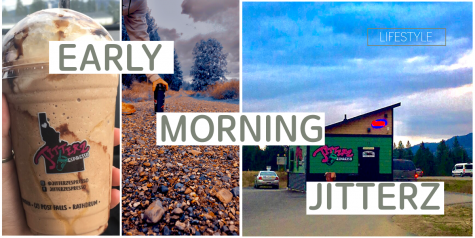Cause & Effect
How defining events have shaped the past and how current events are shaping the future.
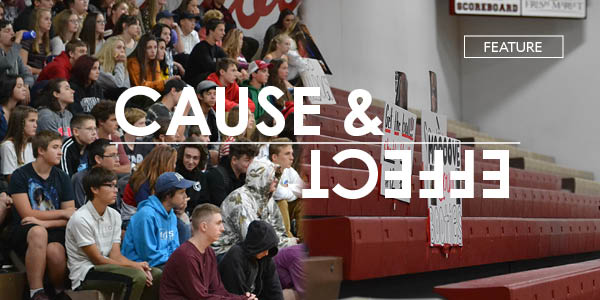
In history, defining moments have changed the way people live. Whether big or small, local or global, these usually unexpected times cause change. This article looks back at previous defining moments in our lifetimes, and what the world looked like before them.

COVID-19
COVID has changed the trajectory of many people’s lives this past year. While the pandemic has greatly impacted the medical field and taken a toll on people’s physical and mental health worldwide, it has also caused a ripple of social changes.
Before the pandemic, most people didn’t know what ‘Zoom’ was. They wouldn’t have thought to wear a mask at school every day or in the grocery store. Being ‘quarantined’ was thought to be for prisoners and millions of people had yet to download Tiktok. Thousands of people crowded together at concerts, sporting events, and rallies. There were assemblies, pride games, and field trips.
While all of this has changed, no one totally knows what the future will hold or if there will ever truly be a return to “normal”. Whatever lies ahead, it is clear that this pandemic is a defining moment in the lives of everyone, and one of the first for those in high school.

Smart Phones
The devices that used to be up and coming in the early 2000s are now in the hands of almost everyone. For generation Z, it’s hard to imagine what life would be like now without iPhones. It’s frustrating enough to get through the day when you accidentally leave your phone at home.
This technology has made it easier to stay connected with people from all over the world. iPhones have become a vital part of daily life and have impacted the way we intake information. The amount of information available to us at our fingertips is unlimited.
As iPhone technology has developed, so have apps. When the first generation iPhone 2G was released, apps were not supported and only had basic functions such as calling and texting, music, photos, maps, and tools. When the Apple App Stores was released, it didn’t have nearly as much variety in apps as it does today.
Teacher Sarah Miles remembers when it was a lot harder to get the information she wanted. She had to go to the library and look up information in books whereas now, “having all of that information at your fingertips is amazing,” she said.
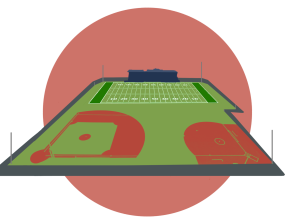
Memorial Field
Nestled beside Lake Pend Oreille stands War Memorial field which has been an iconic piece of Sandpoint for 75 years. People gather together in Barlow Stadium to cheer on their Bulldogs in football, soccer, and lacrosse games. It was the home of the Festival at Sandpoint which brought tourists from all over to experience Sandpoint culture. The field brings a sense of community and legacy to everyone who walks through its gates.
The field got an upgrade after synthetic turf replaced the grass in the spring of 2020. The turf has been a huge advantage to athletes. “Playing on the turf made me feel faster. I feel the field will allow athletes to train and maneuver better.” said senior running back Braden Kappen.
The soft, uneven terrain became hazardous for athletes to the point that they risked injuries during games. The remodeling of the field not only gives the stadium a cleaner look, but it also impacted the performance of Sandpoint Athletes.
However, the installation of the turf is not completely free of drawbacks. The upkeep of the turf is costly and limits the use of multiple sporting teams playing games at once.
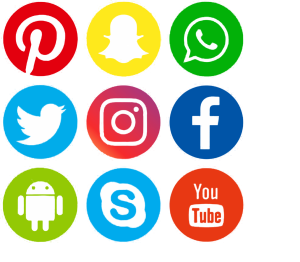
Social Media
People at the high school probably don’t even remember a time before Instagram, or at the very least, remember when they first downloaded it. This is the first generation to grow up in the digital age and have social media ingrained in their view of the world. The effects of social media on children are unknown, leaving high school students to be the “guinea pigs”
Social media gives people the opportunity to share their lives when other people can’t see them in person. This allows for a more “social” life, without having to actually be with other people. This causes some people to over-exaggerate their life for likes and can lead to anxiety when they don’t receive the appreciation that they were hoping for.
Senior Sydnie Knepper believes that social media has both positively and negatively affected her generation. “[Social Media] definitely affects our body image,” she said. However, Knepper is confident that there will be more jobs in the future that require social media and technology. “Since our generation has grown up with technology, we’ll be qualified immediately,” she said.
During quarantine, a Harris Poll found that people used social media 46-51% more than they did before the pandemic. Knepper thinks people were more easily sucked into scrolling for hours during quarantine. “People stayed at home so much that there was nothing else to do but sit on their phones,” she said.
Teacher and administrator Lisa Barton has seen a decrease in creativity and critical thinking in students with the use of social media. “There’s not as much time to be creative and think and ponder different ideas when you’re totally attached to something that’s giving you constant reinforcement,” she said.
Before social media, people were a lot more private with their life. Barton remembers when her friends would get together in person regularly, but when social media began replacing social interaction and people were putting their lives on display, she found that bringing people together was harder.
Social media is changing the way people interact, and only time will tell how this could affect future friendships and relationships.

What weird sound do you love?
I love the sound of a crackling fire. It reminds me of summer campfires and cozy winter nights at the same time.
What...

What is the most underrated movie?
The Great Escape. This movie is so amazing. It takes people through a journey of World War 2 and you really gain...



